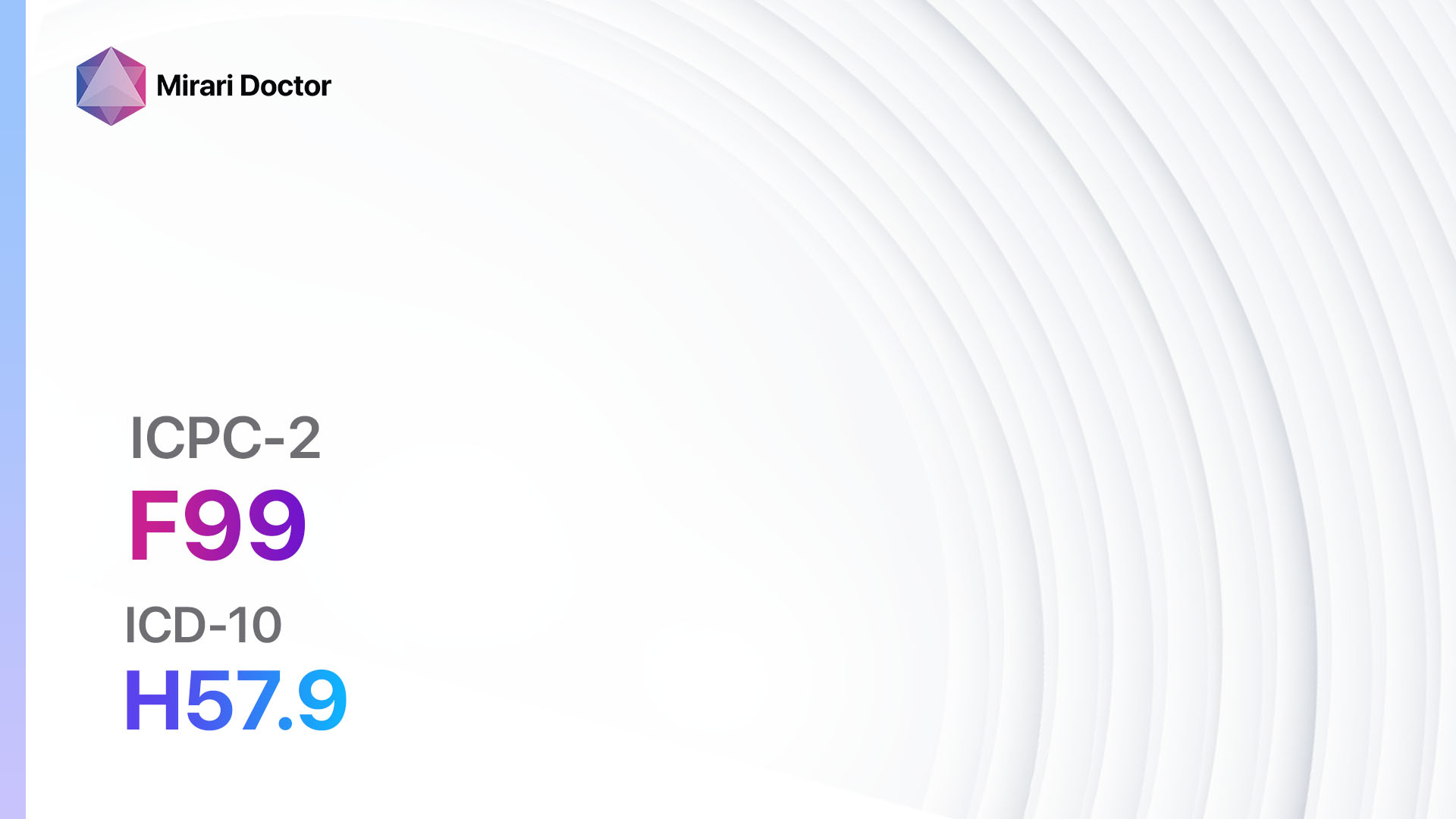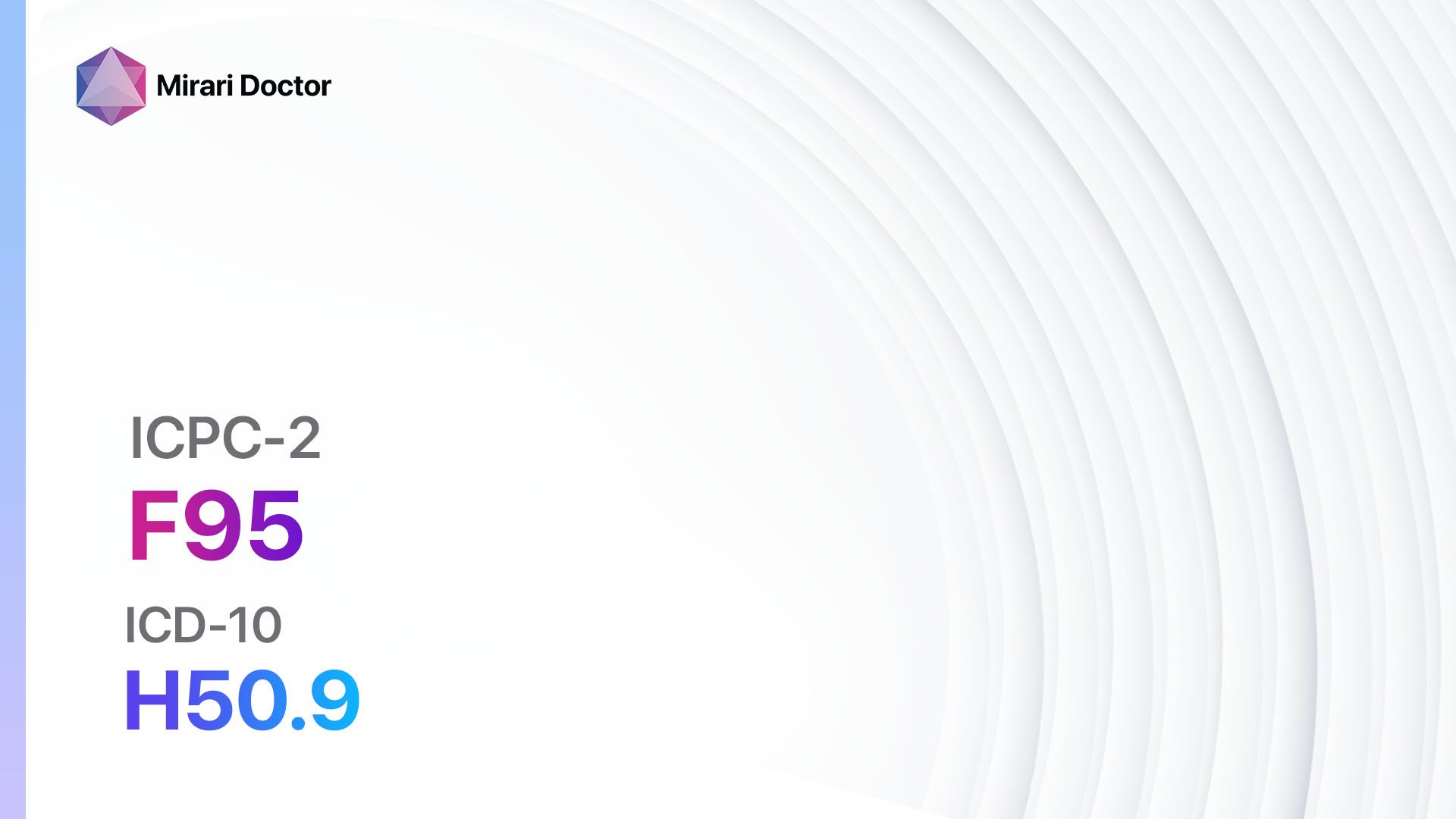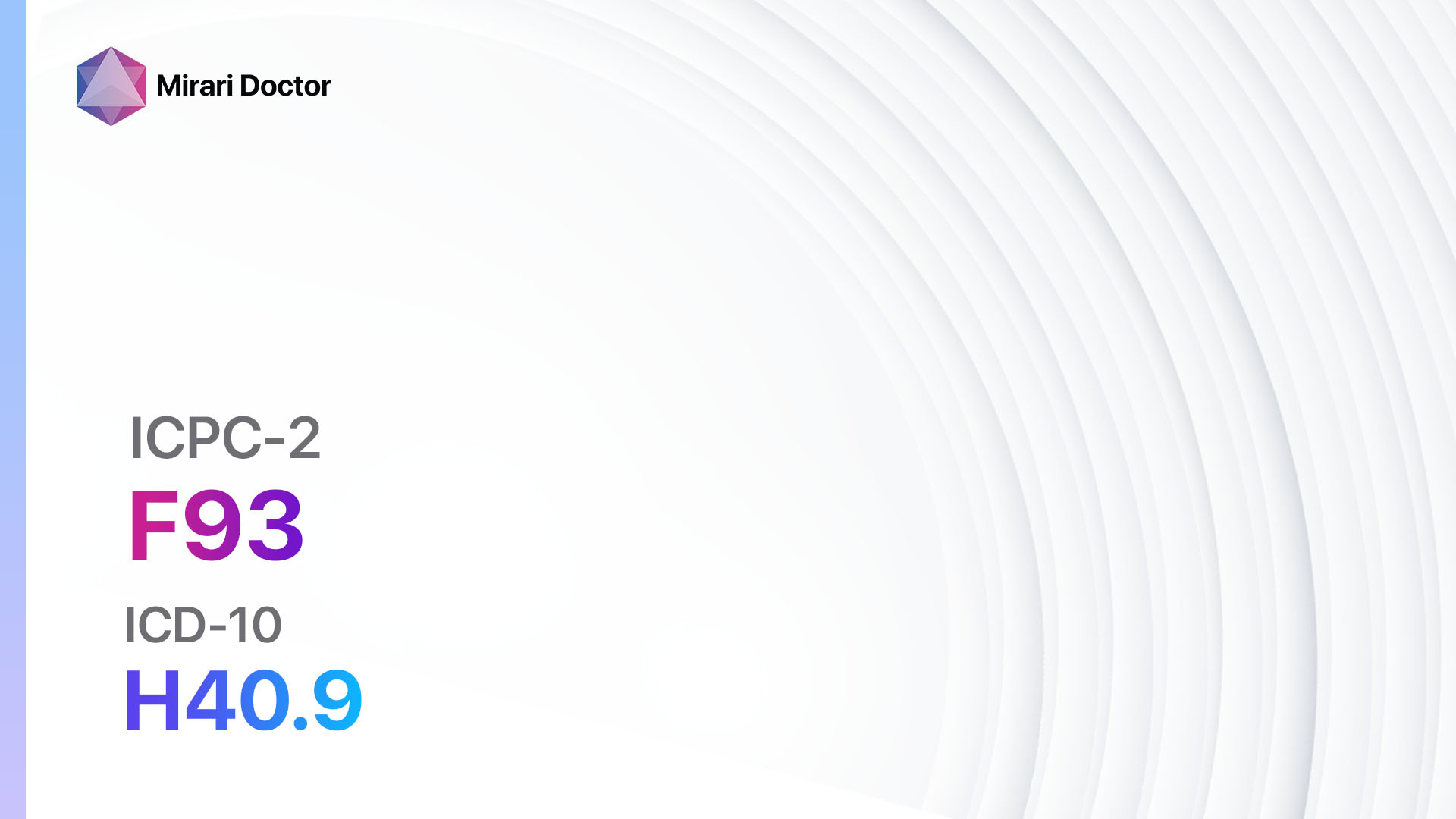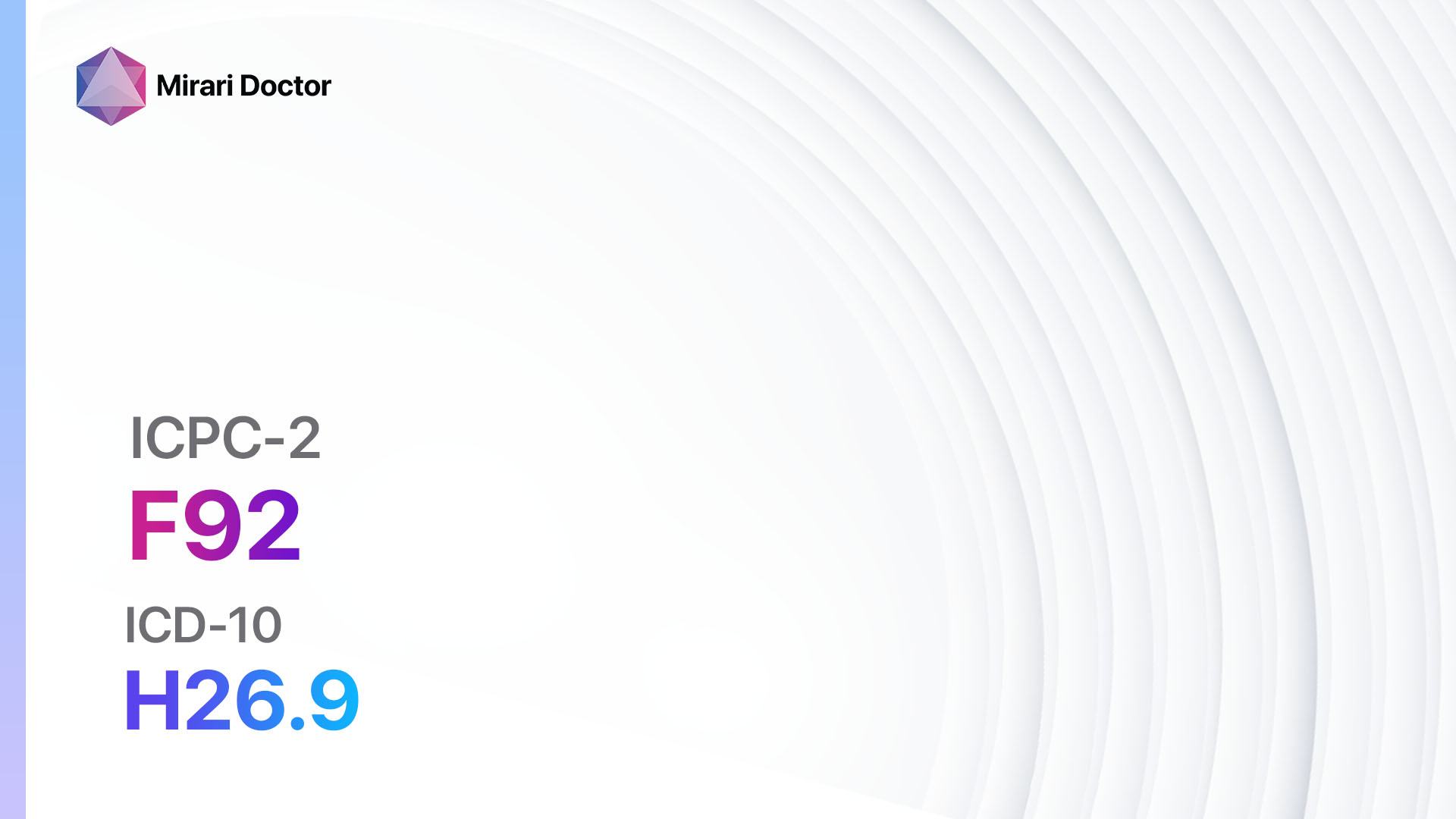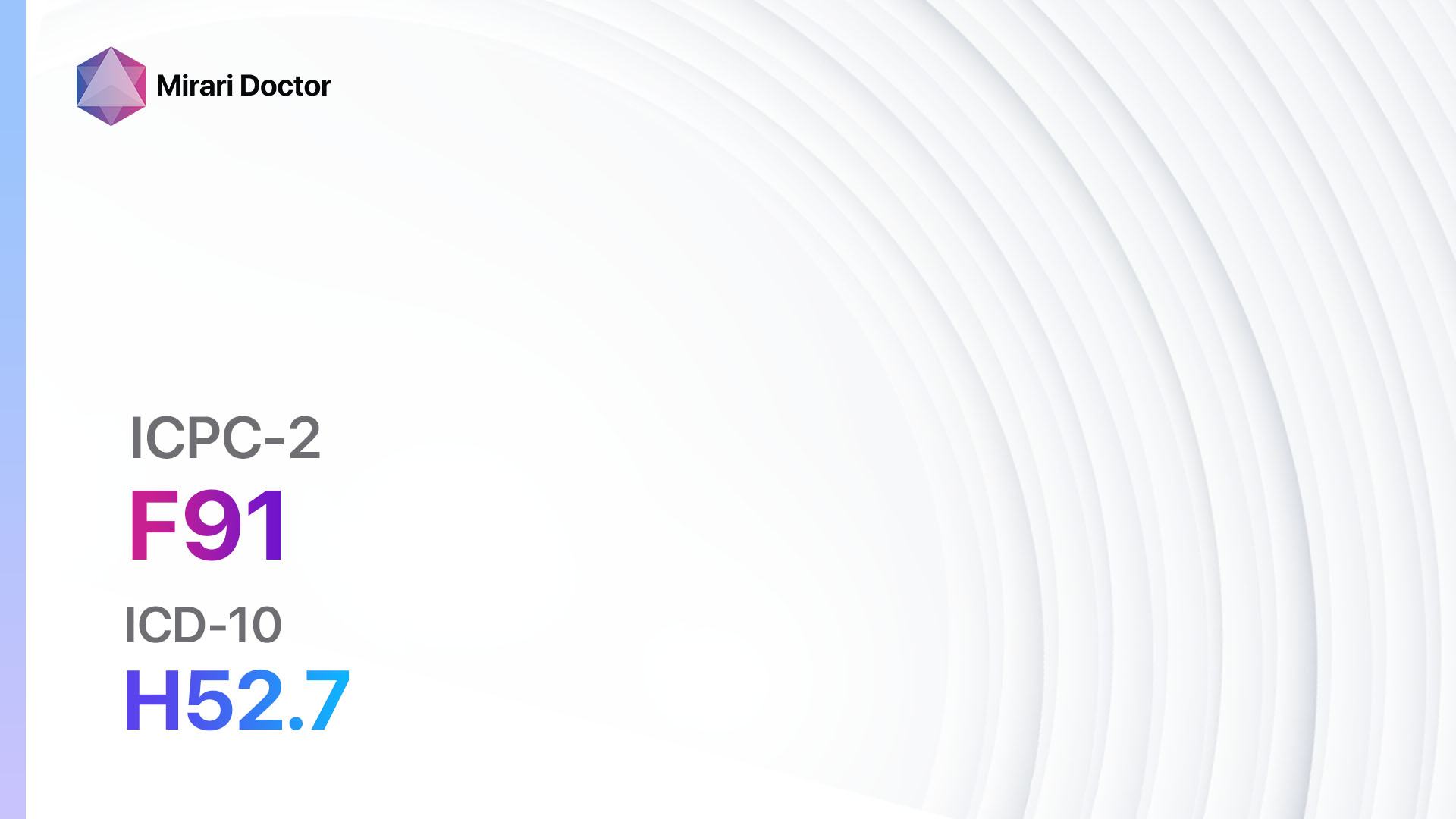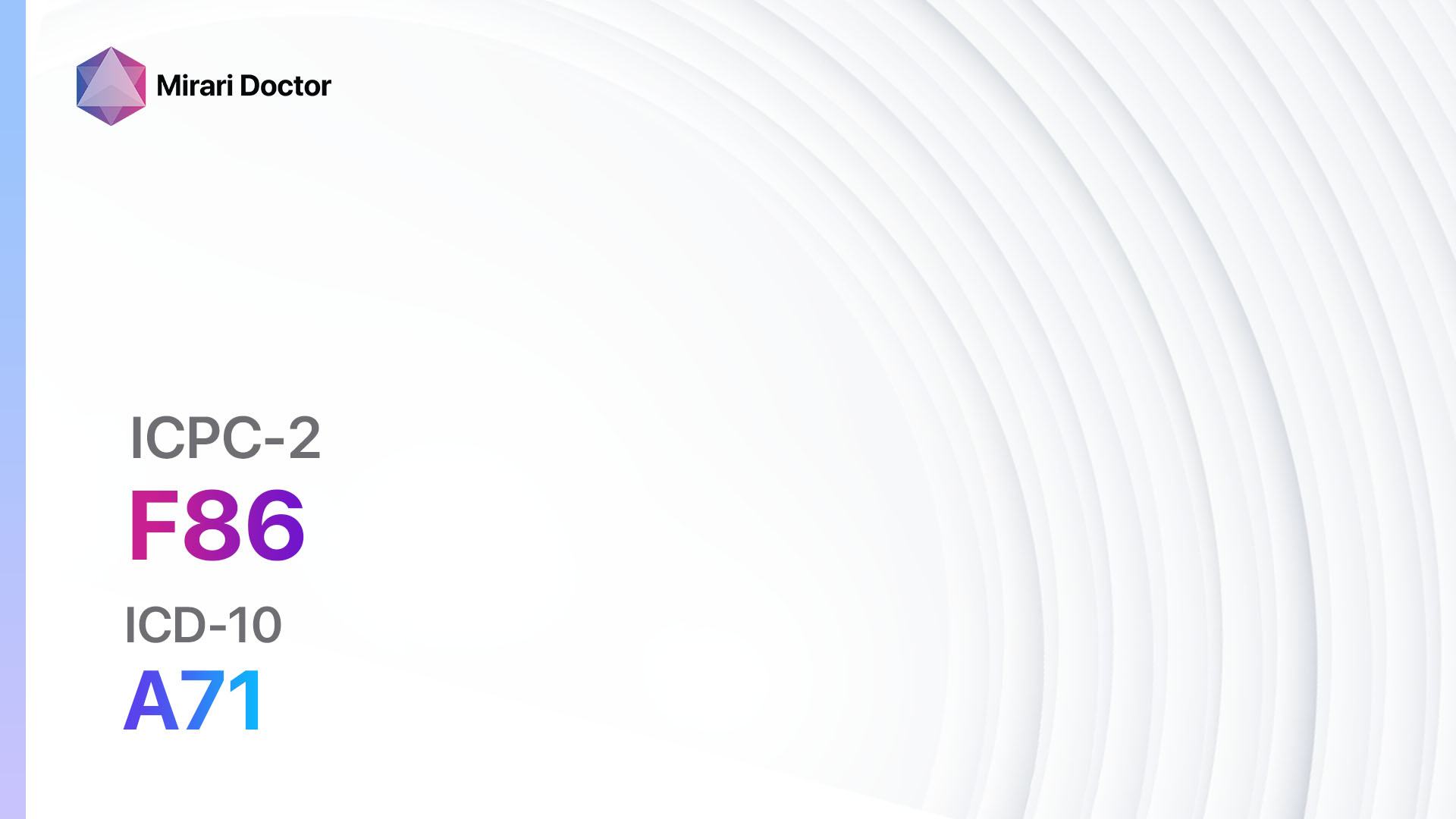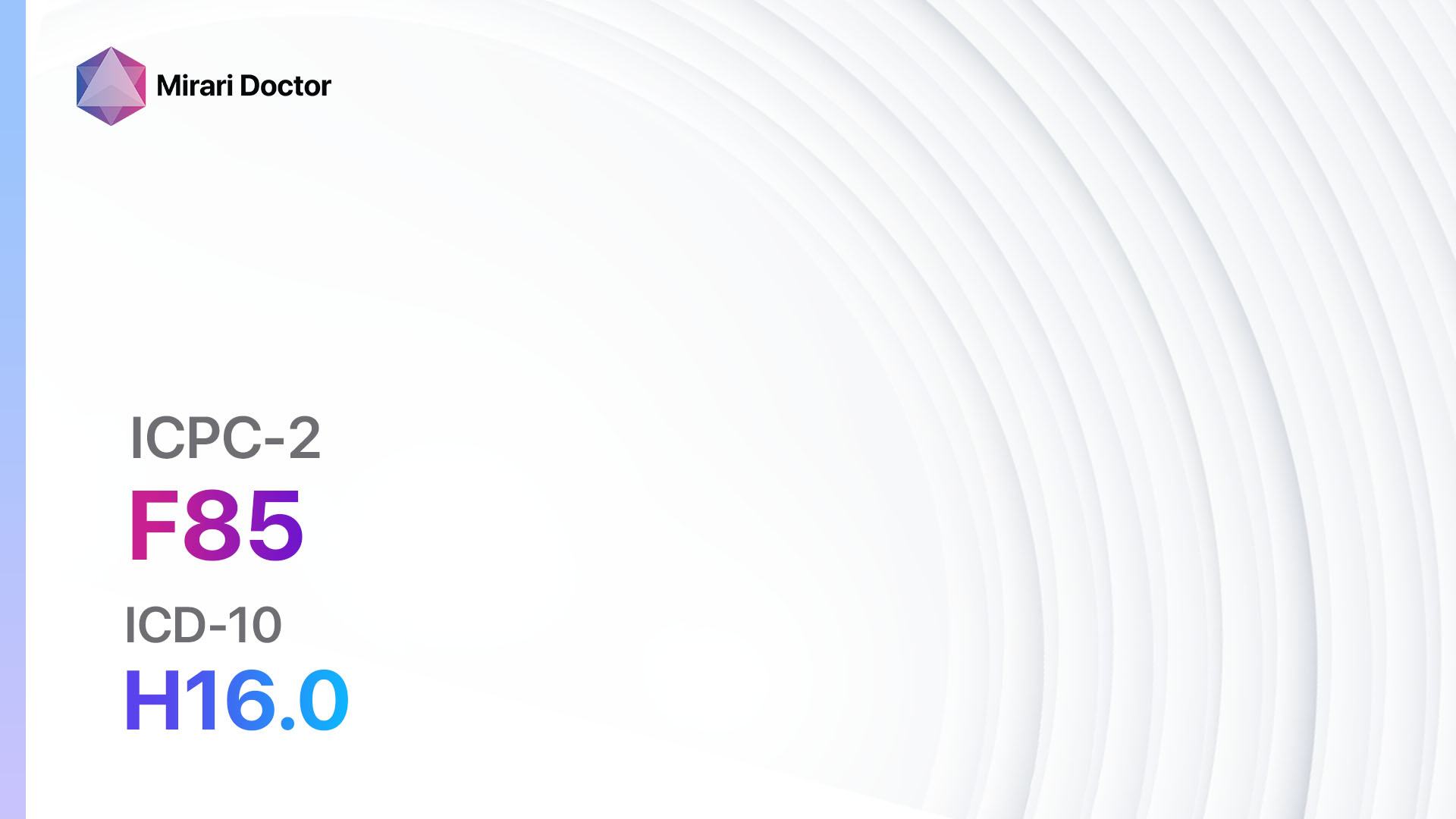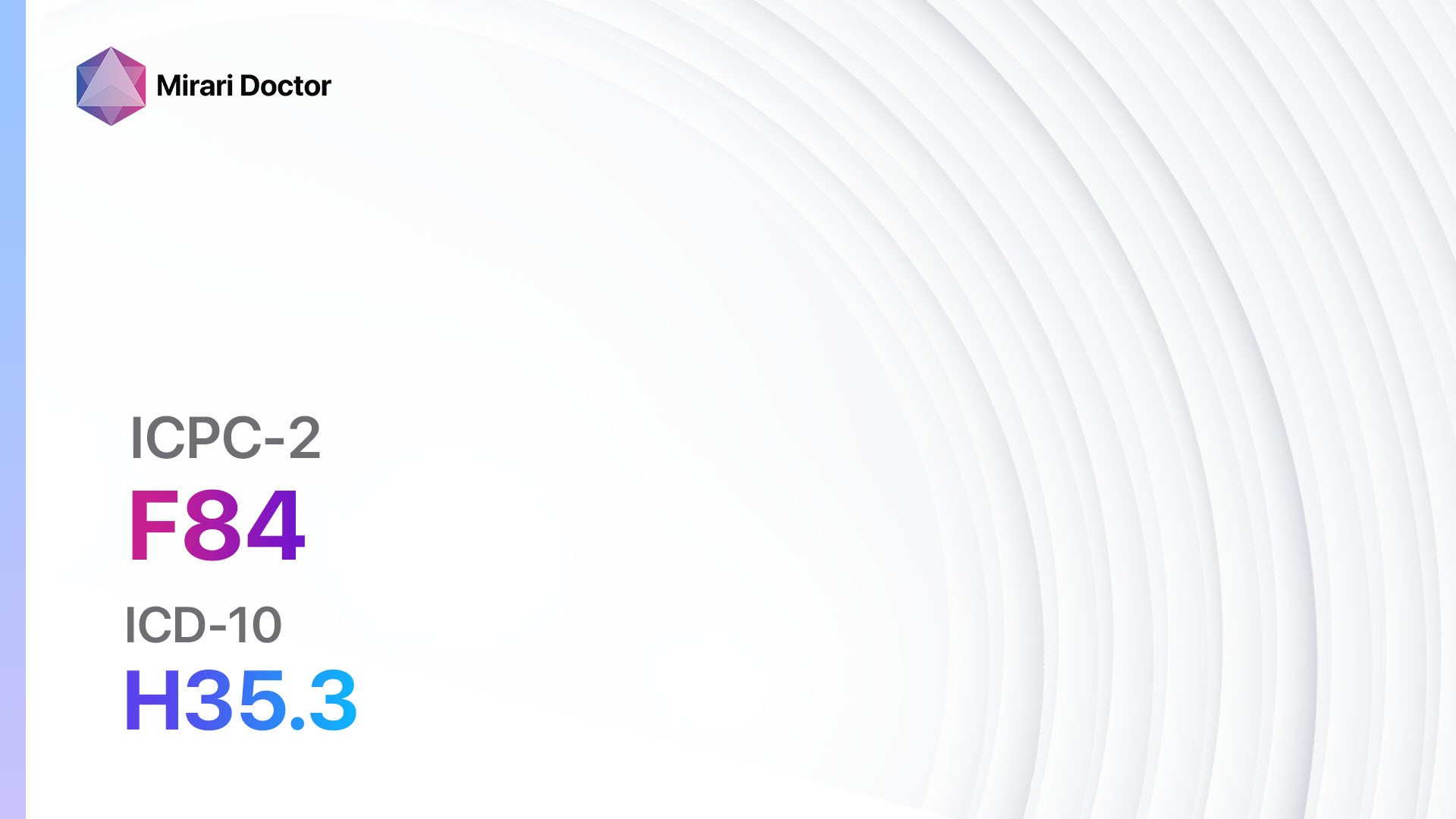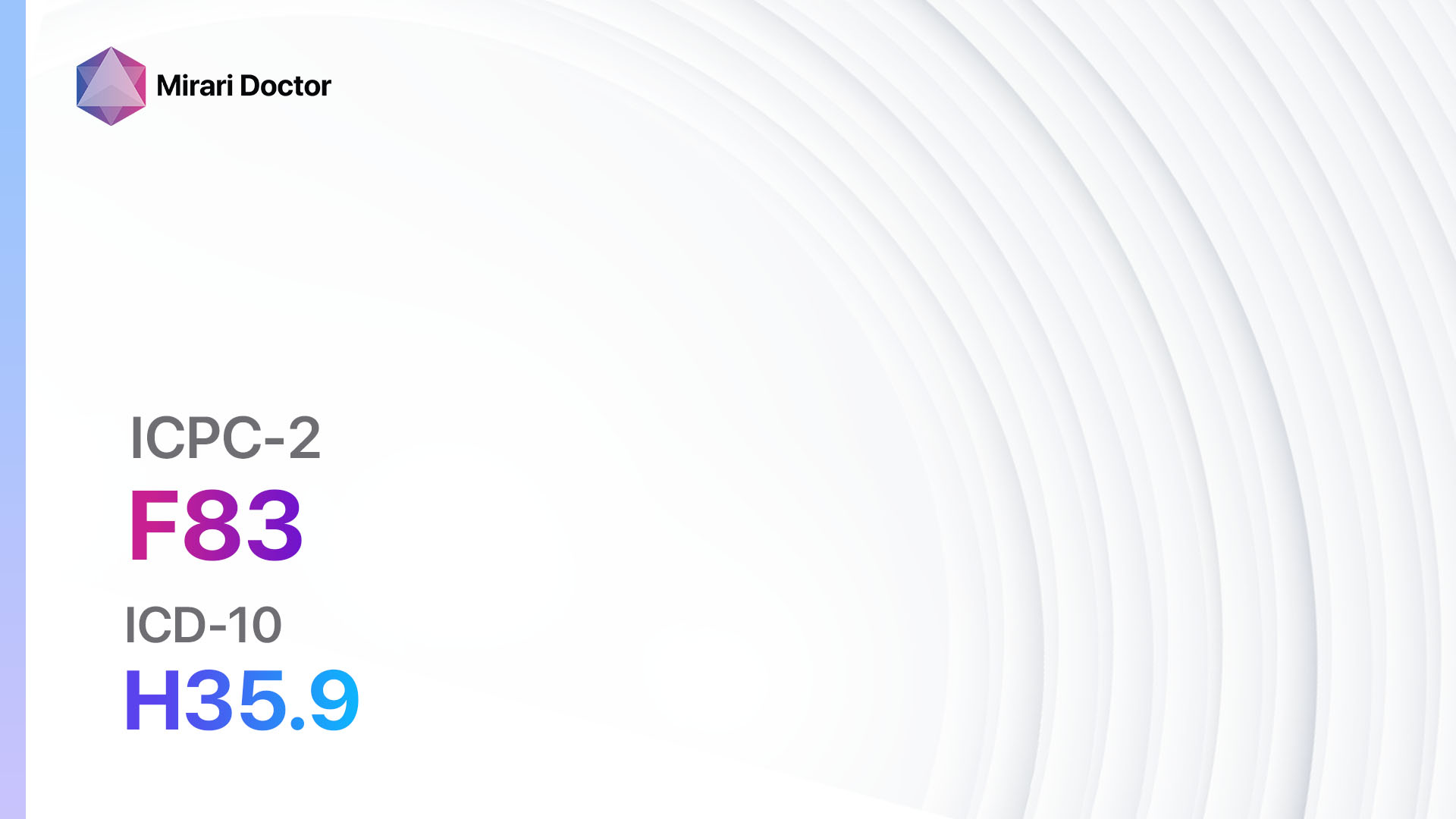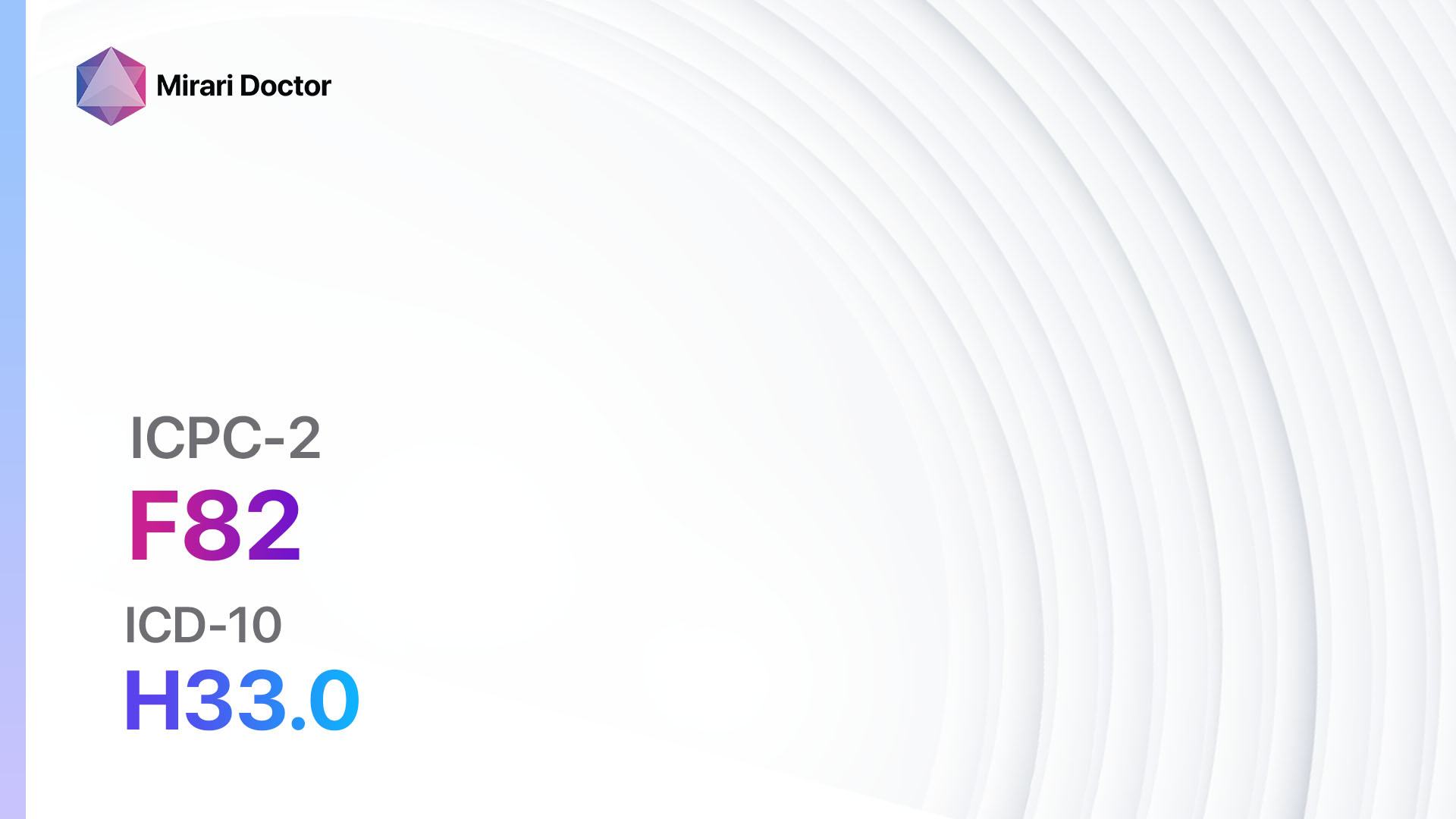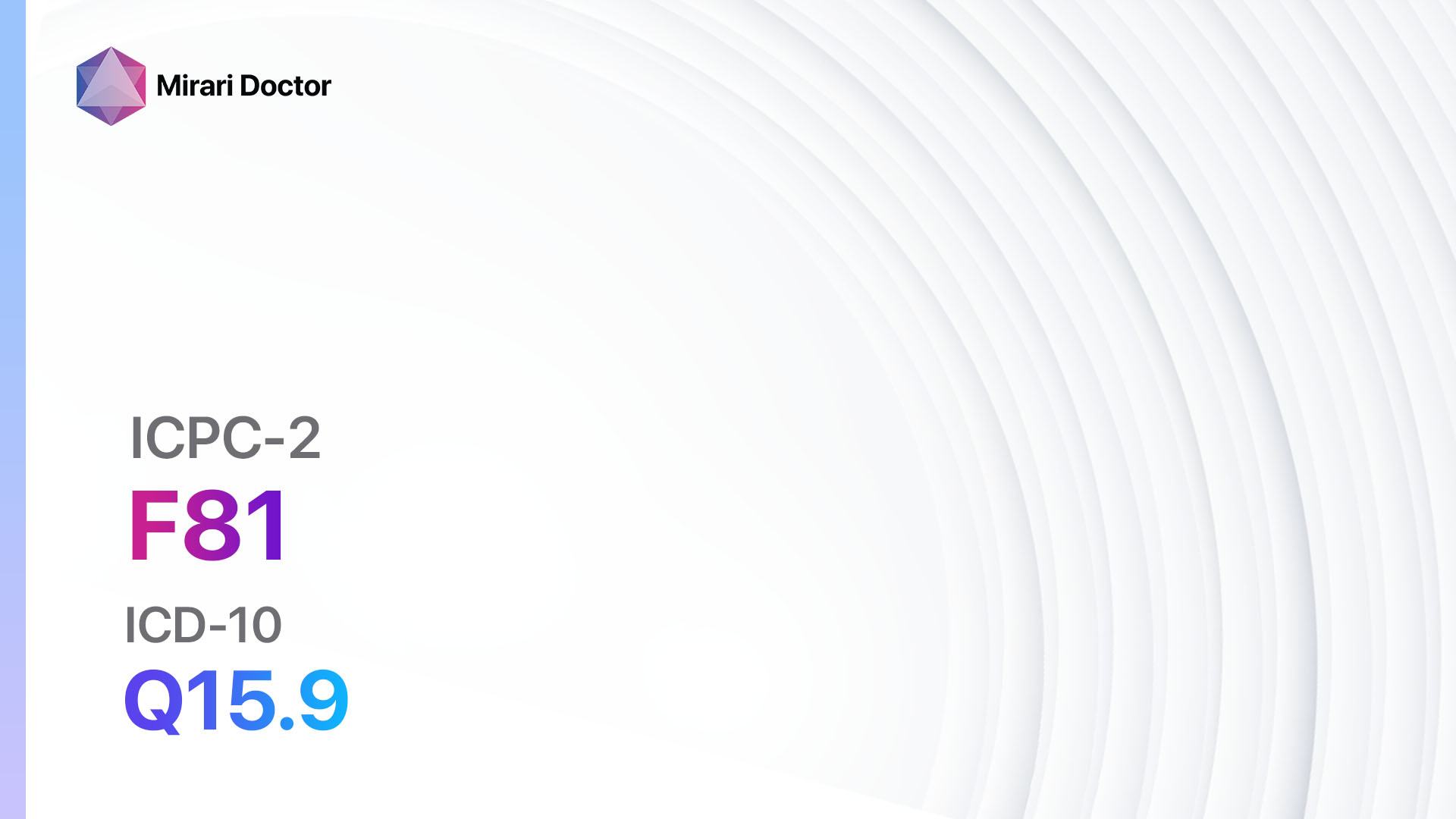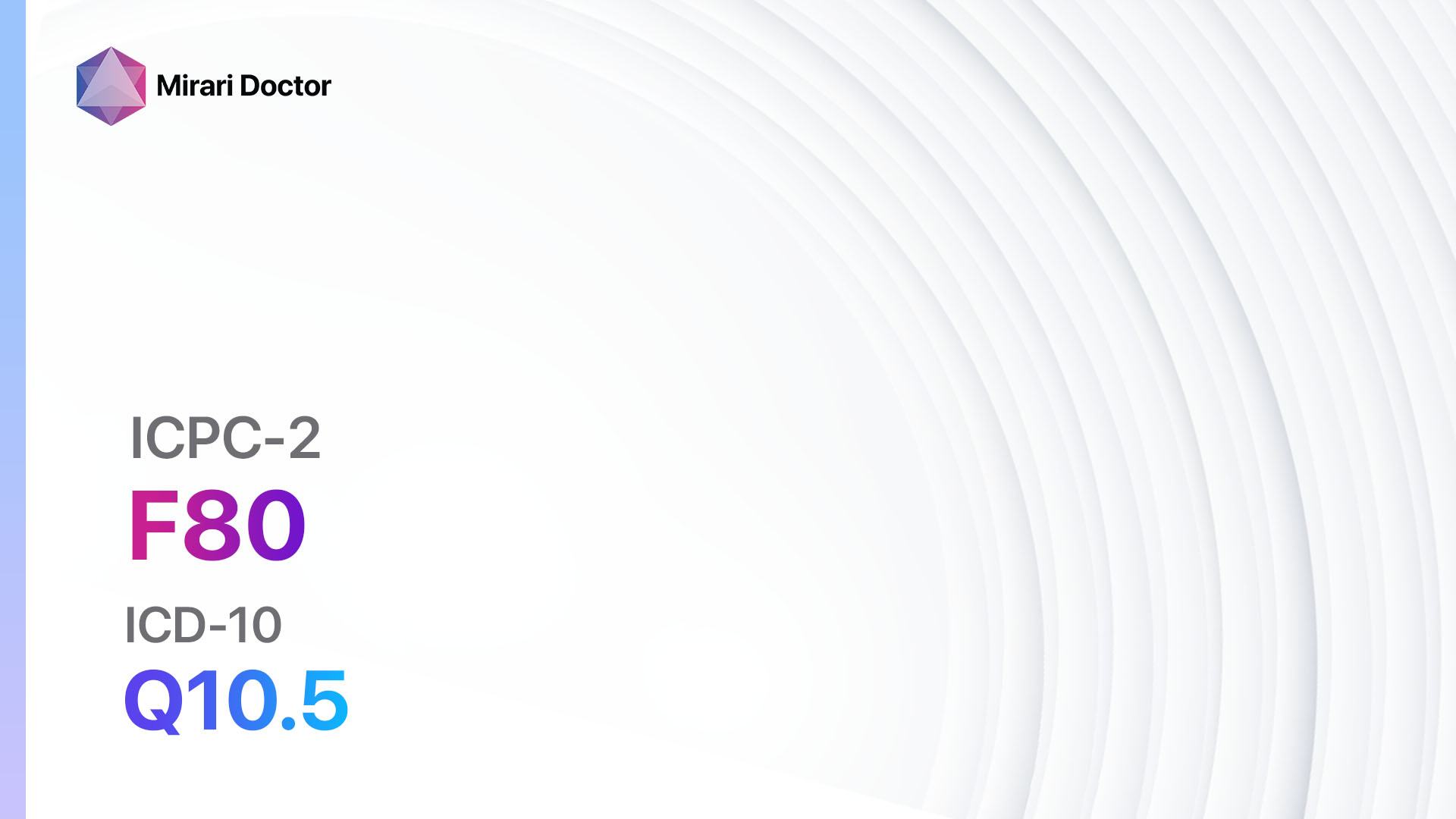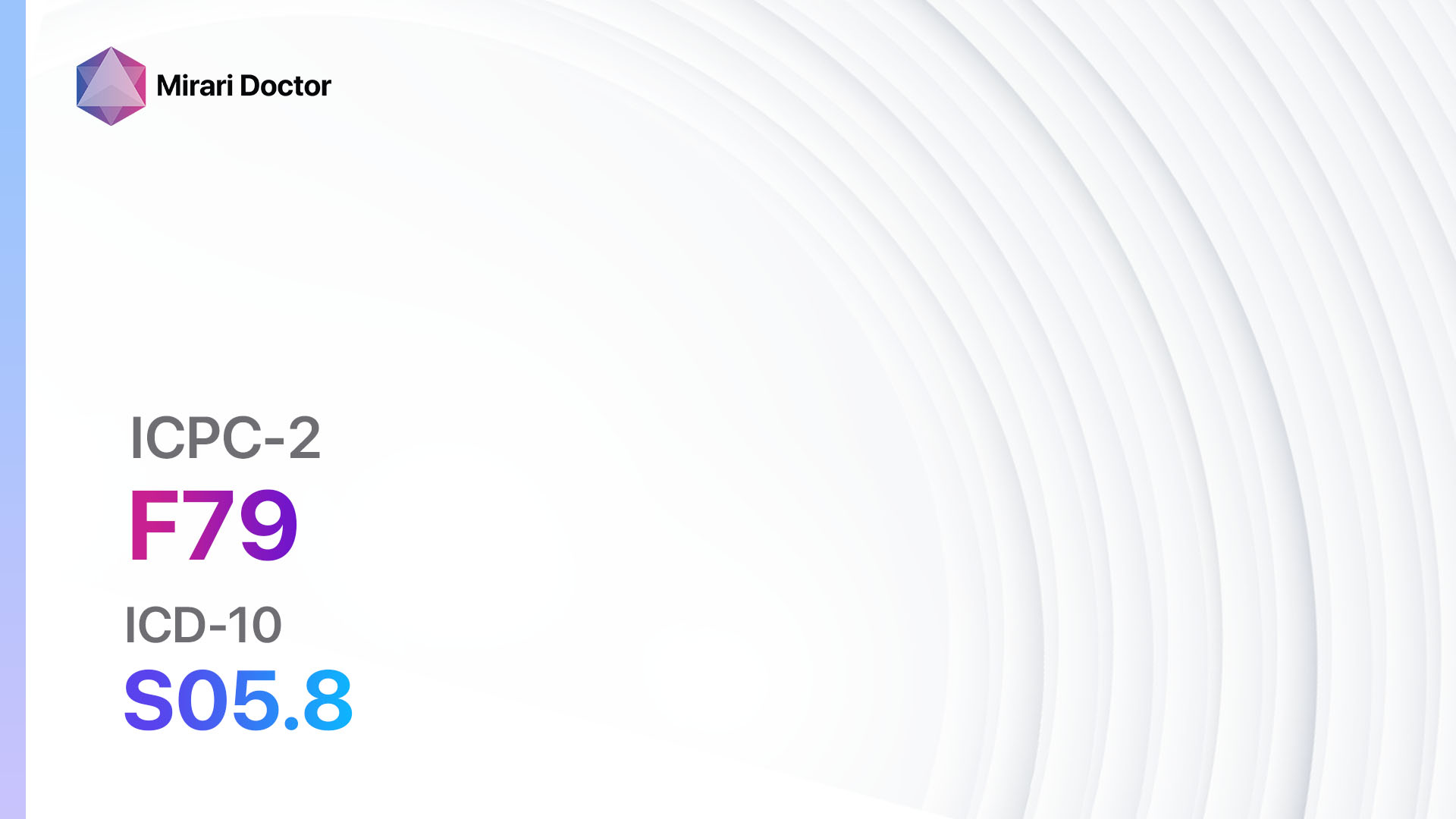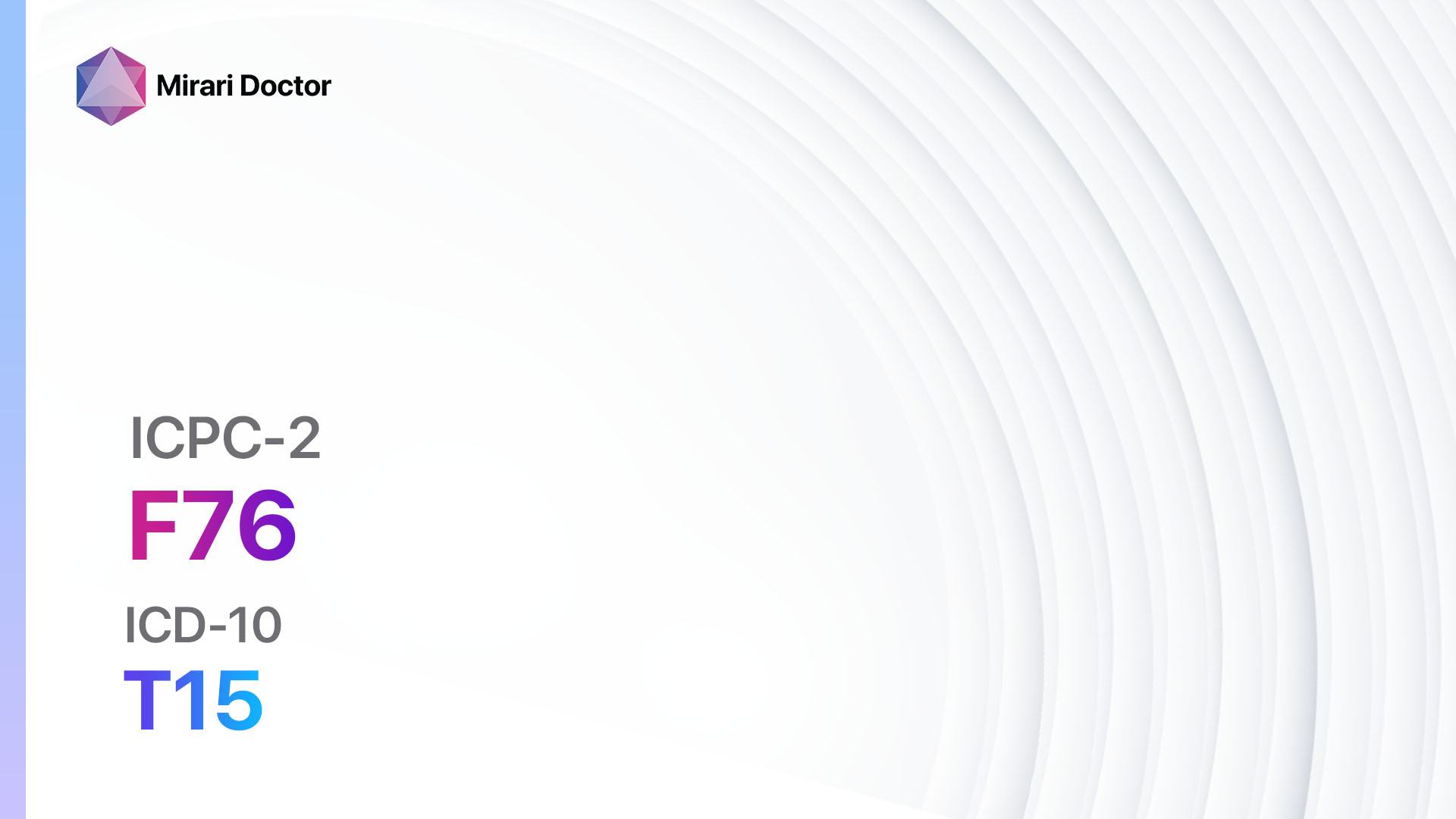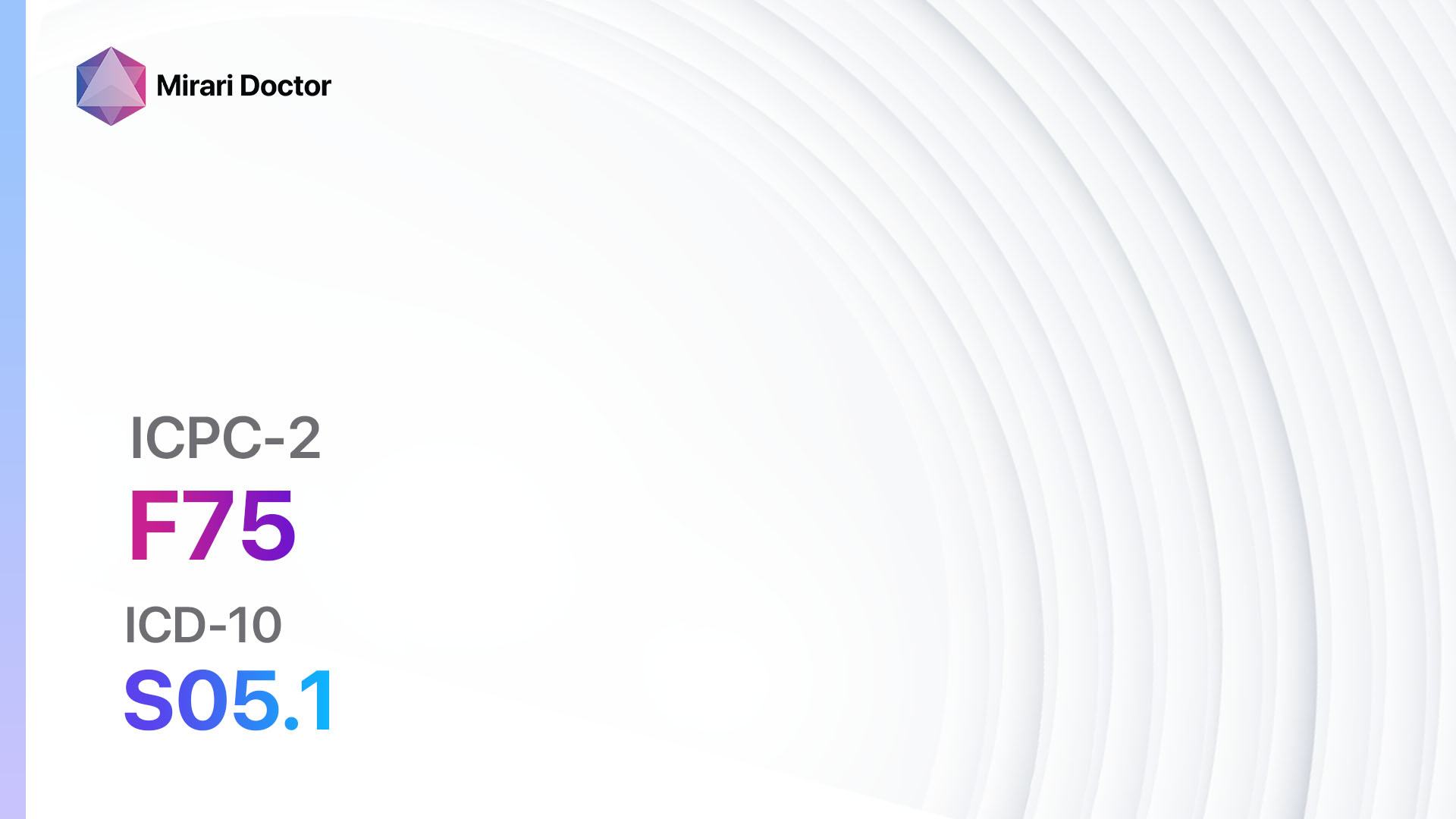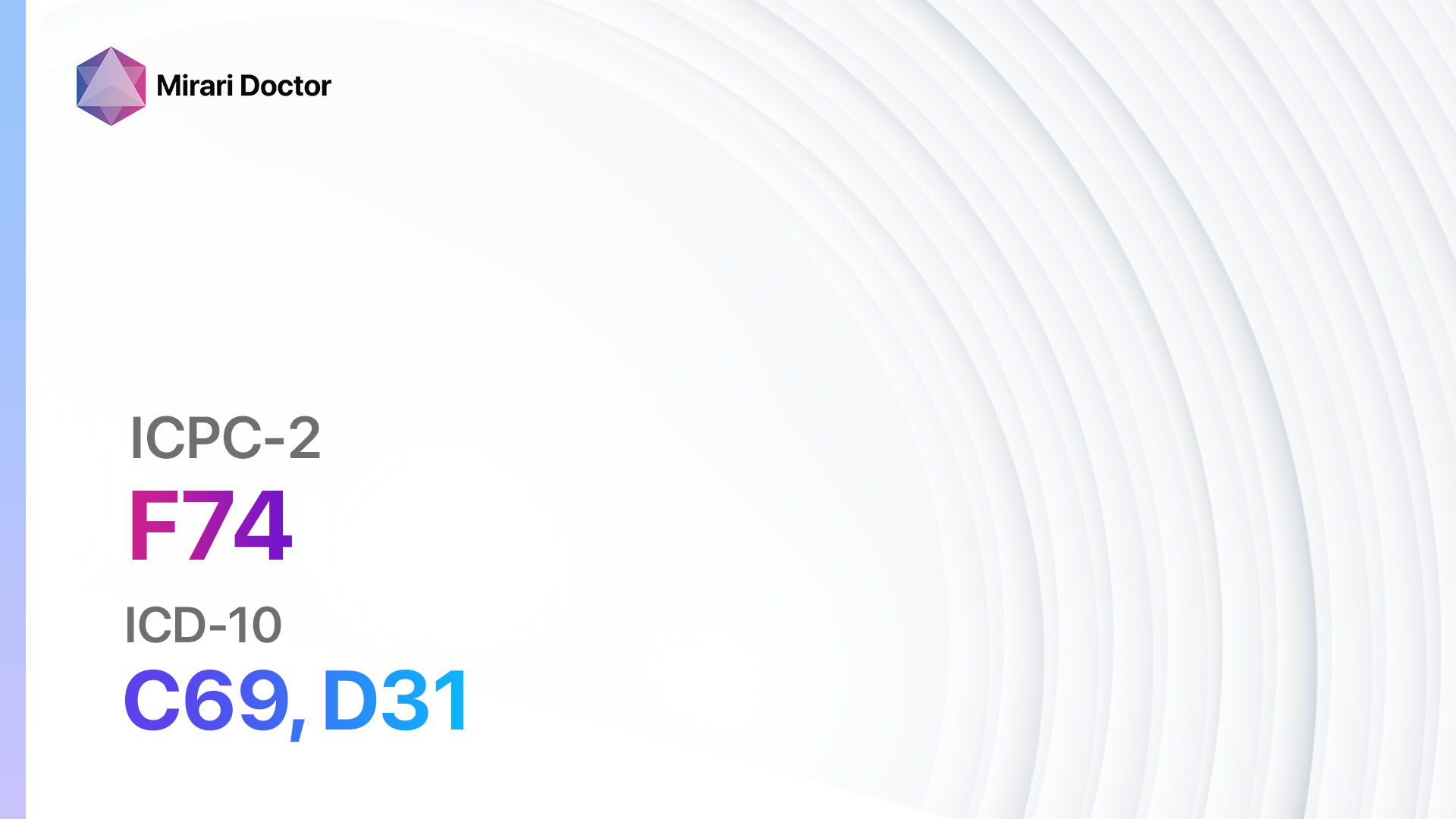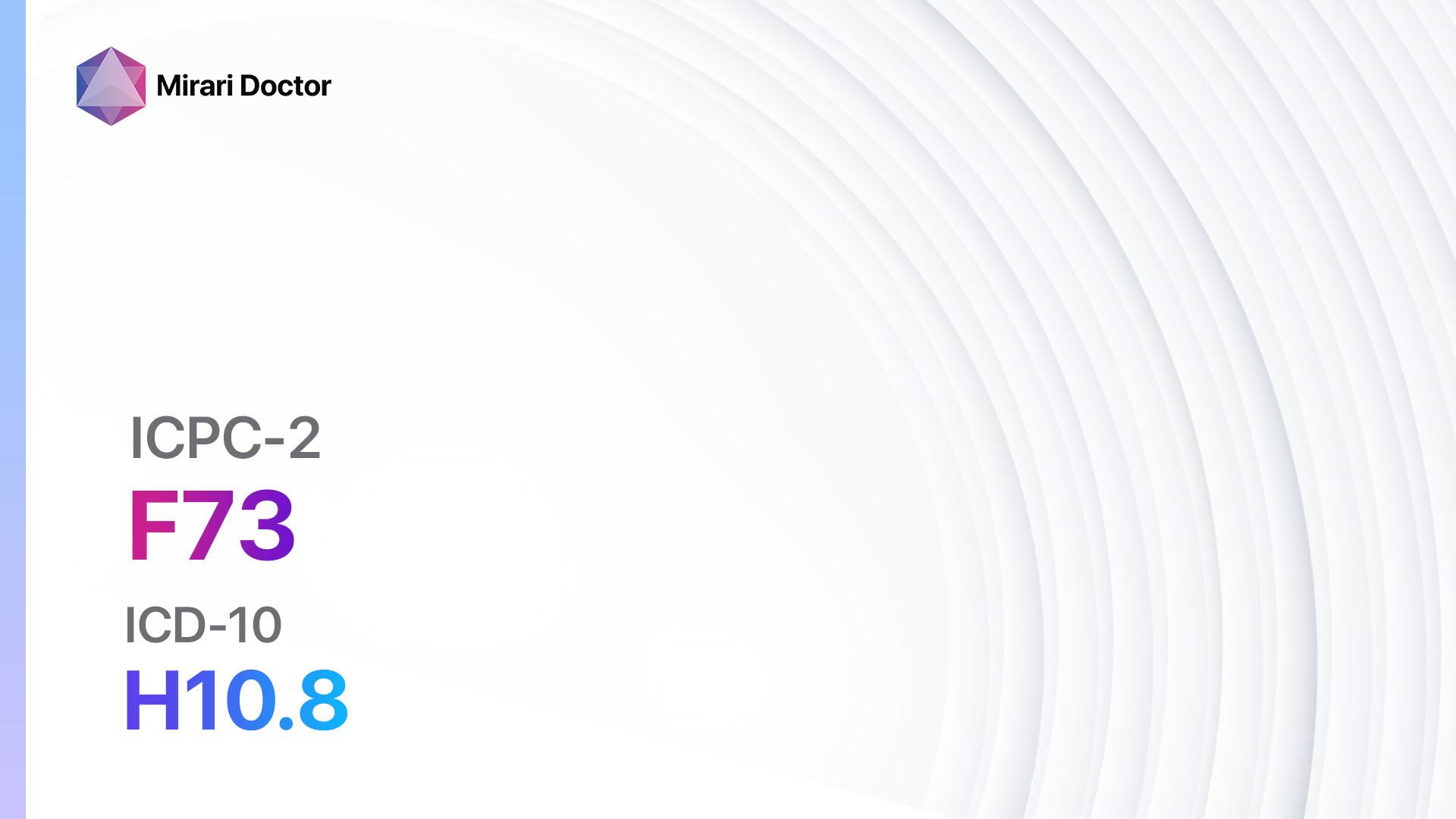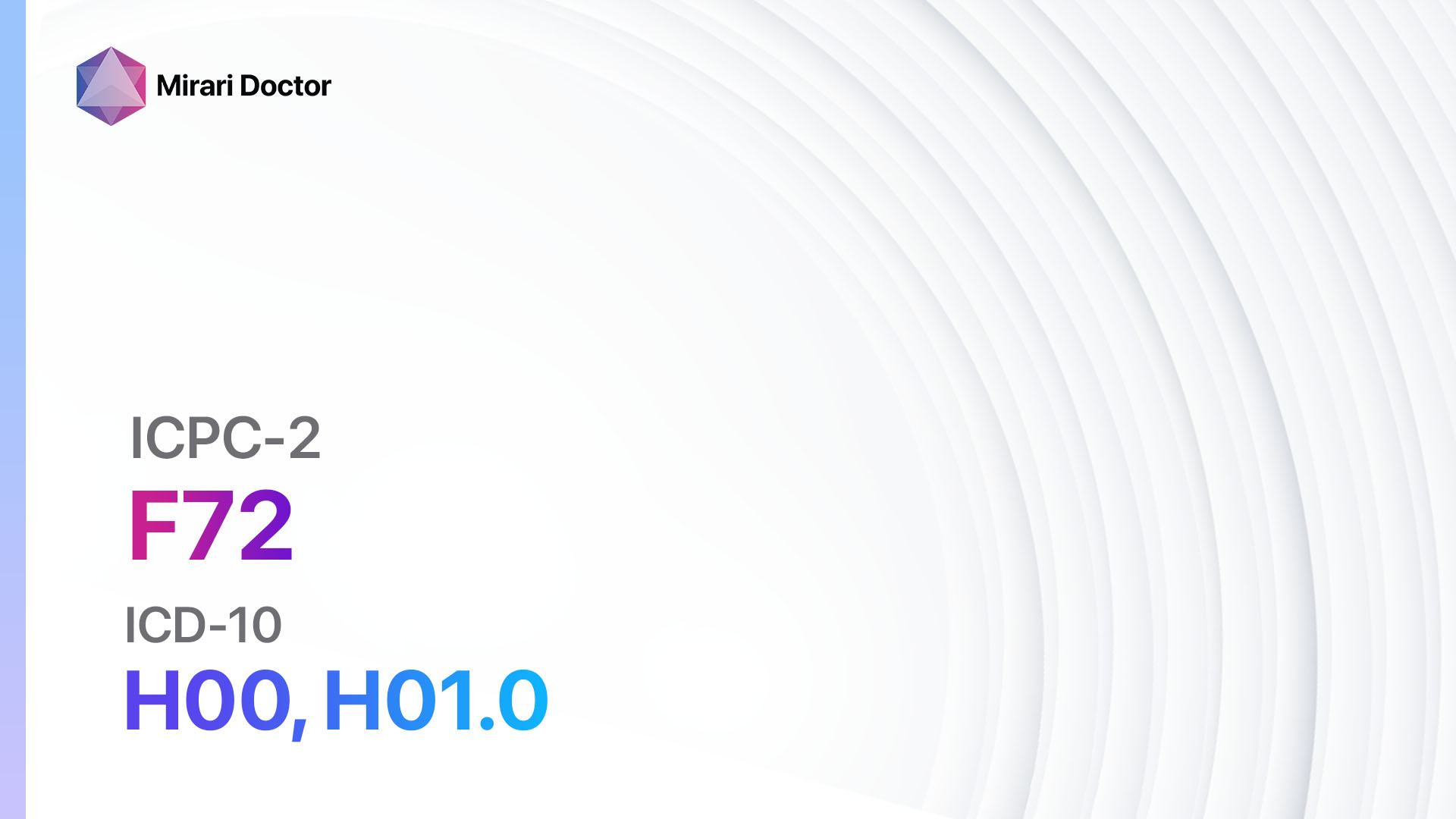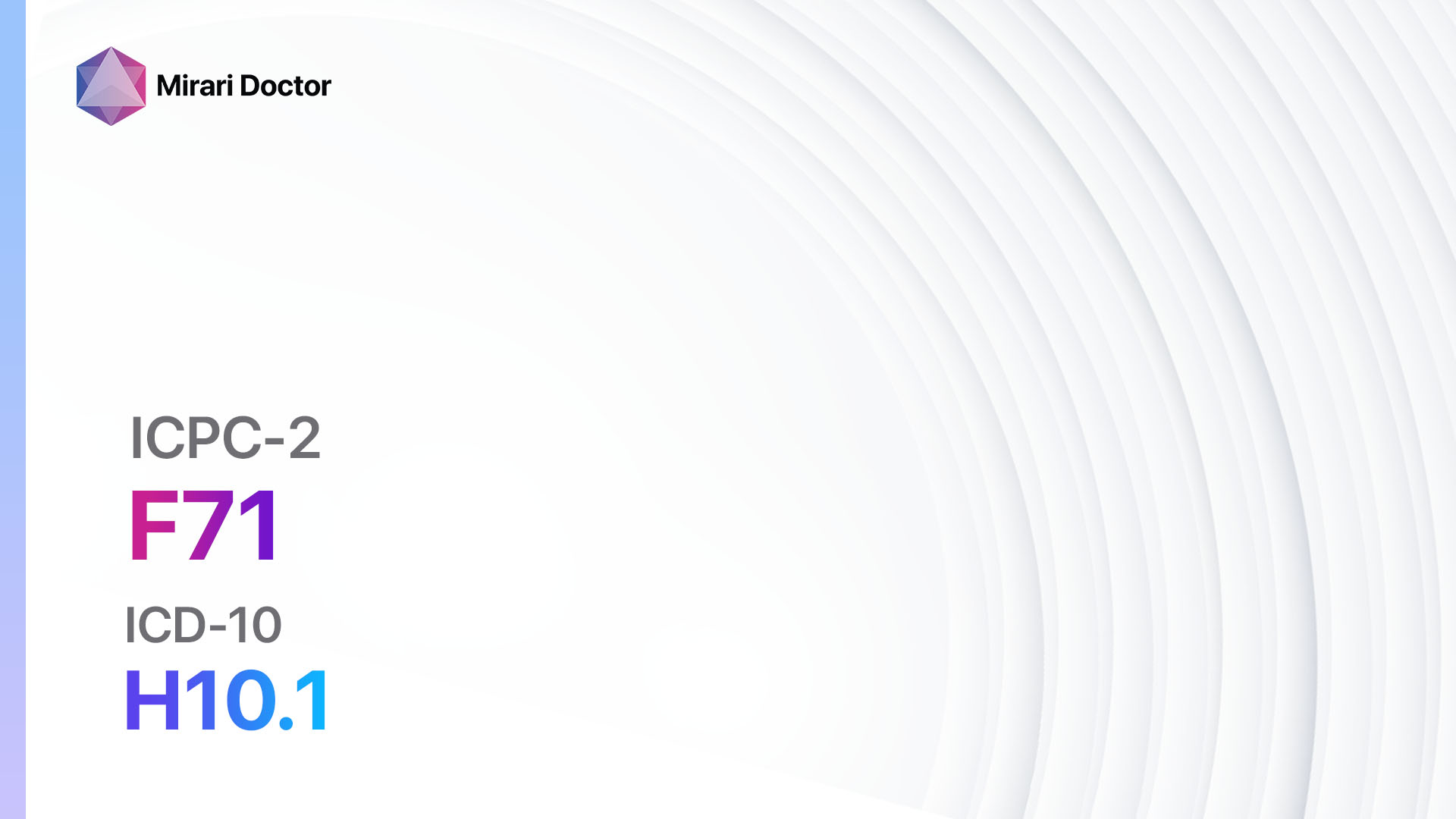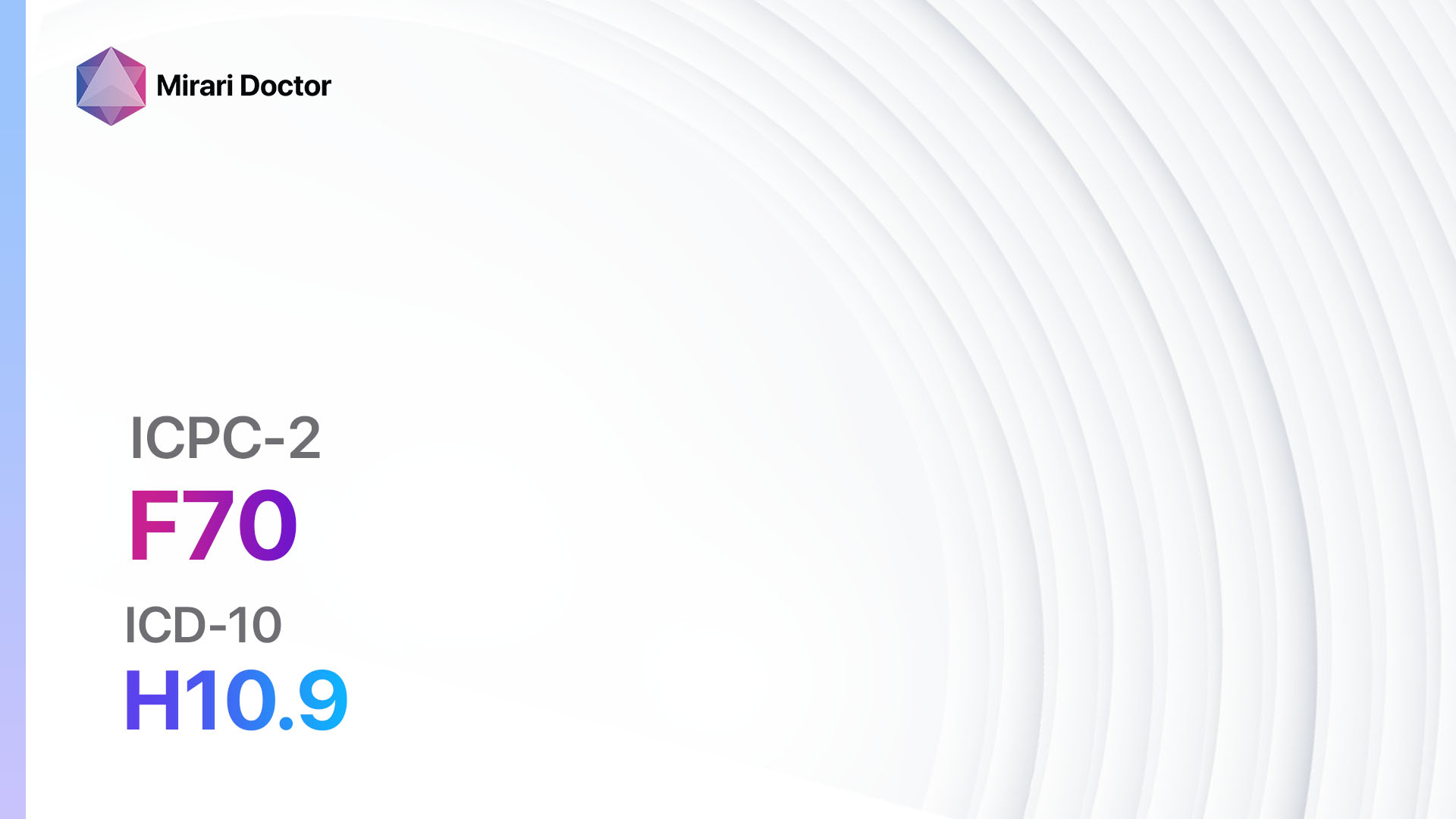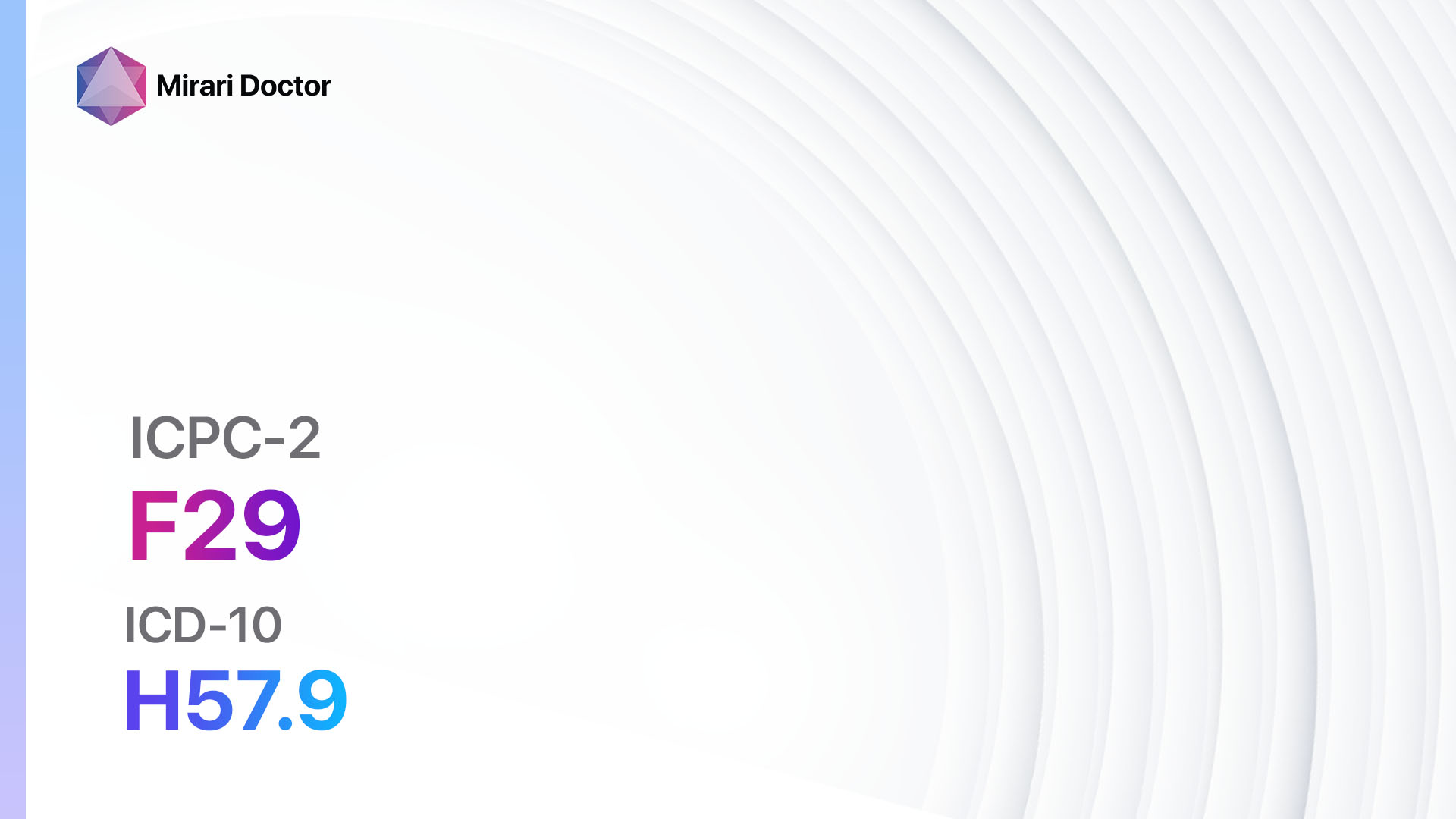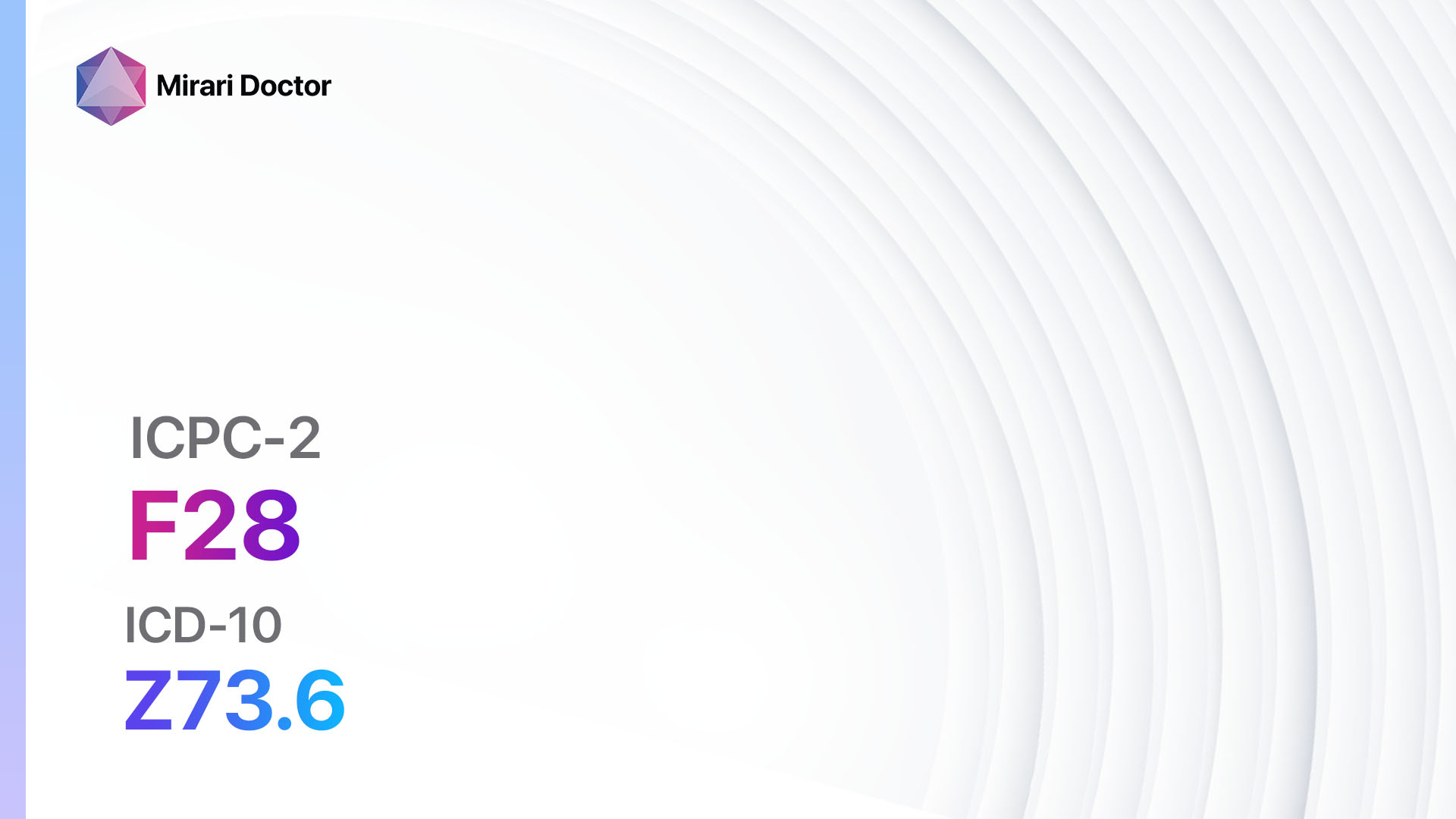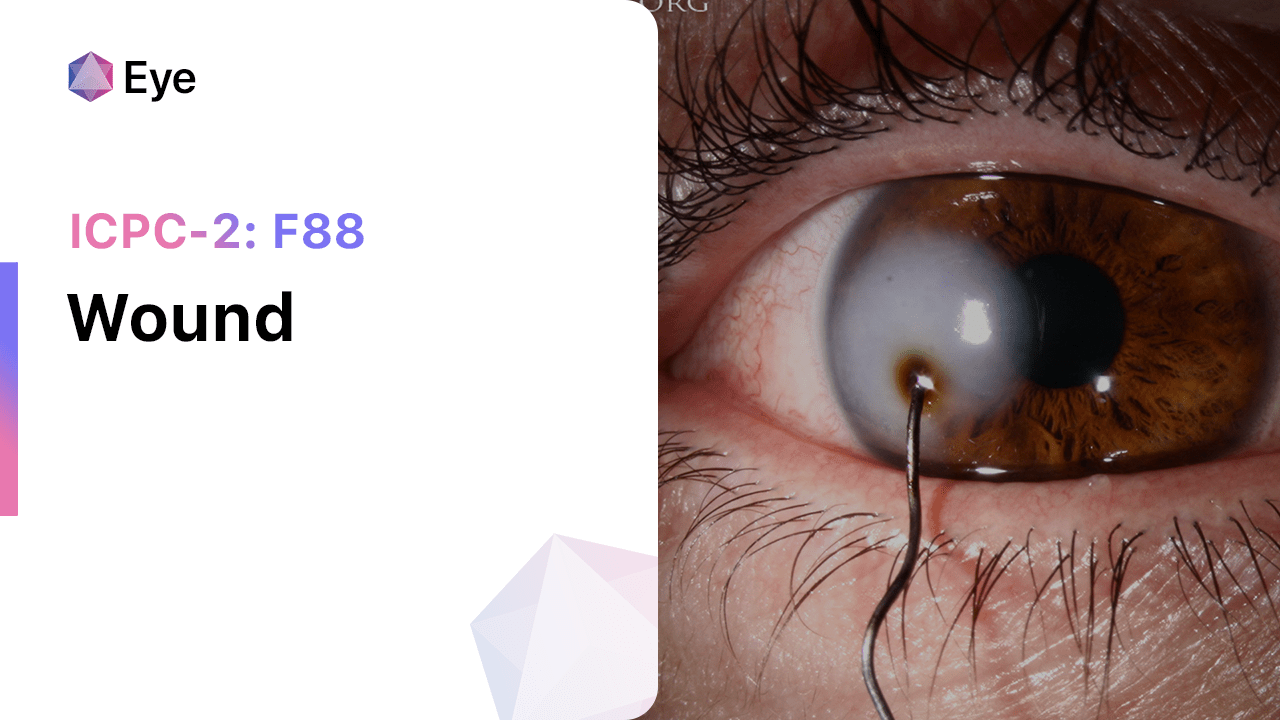
Introduction
Wounds are a common medical condition that can occur due to various causes, such as trauma, surgery, or underlying medical conditions. They can range from minor cuts and abrasions to deep, complex wounds. Proper diagnosis and treatment of wounds are essential to prevent infection, promote healing, and minimize complications. This guide aims to provide a comprehensive overview of the diagnostic steps and possible interventions for wounds.
Symptoms
- Pain: Wounds can be accompanied by pain, which can vary in intensity depending on the severity and location of the wound.
- Bleeding: Wounds may result in bleeding, ranging from mild to severe.
- Swelling: Inflammation and swelling can occur around the wound site.
- Redness: The skin around the wound may appear red or inflamed.
- Discharge: Wounds may produce discharge, such as pus or clear fluid.
- Delayed healing: Some wounds may take longer to heal than others.
Causes
- Trauma: Wounds can result from accidents, falls, cuts, or burns.
- Surgical procedures: Incisions made during surgeries can lead to wounds.
- Underlying medical conditions: Conditions such as diabetes, vascular diseases, or immune disorders can increase the risk of developing wounds.
- Infections: Bacterial, viral, or fungal infections can cause wounds or delay healing.
Diagnostic Steps
Medical History
- Gather information about the patient’s medical history, including any underlying conditions, previous surgeries, or chronic illnesses.
- Ask about the circumstances surrounding the wound, such as the cause, time of occurrence, and any associated symptoms.
- Inquire about the patient’s current medications, allergies, and immunization status.
Physical Examination
- Inspect the wound site for its location, size, depth, and any signs of infection.
- Assess the surrounding skin for redness, swelling, or discharge.
- Palpate the wound to determine its texture, temperature, and tenderness.
- Evaluate the patient’s vital signs, including temperature, heart rate, and blood pressure.
Determine Severity
- Classify the wound based on severity and depth, using a standardized classification system such as the Wagner Classification or the PUSH Tool.
- Describe the wound characteristics, including size, depth, presence of necrotic tissue, and signs of infection.
- Assess the wound for any underlying structures involved, such as bones, tendons, or nerves.
Laboratory Tests
- Complete blood count (CBC): To assess for signs of infection or anemia.
- Wound culture and sensitivity: To identify the causative organism and determine appropriate antibiotic treatment.
- Blood glucose levels: To evaluate for underlying diabetes or impaired glucose control.
- Coagulation profile: To assess the patient’s clotting ability and rule out bleeding disorders.
Diagnostic Imaging
- X-ray: To evaluate for any underlying fractures or foreign bodies.
- Ultrasound: To assess the depth and extent of the wound, as well as the presence of any abscesses or fluid collections.
- CT scan: To provide detailed imaging of complex wounds or to evaluate for deeper involvement of underlying structures.
- MRI: To assess soft tissue involvement, such as tendon or ligament injuries.
Other Tests
- Doppler ultrasound: To assess blood flow and vascular status in wounds with suspected vascular compromise.
- Biopsy: To obtain a tissue sample for further analysis, especially in chronic or non-healing wounds.
- Allergy testing: To identify any potential allergens that may be delaying wound healing.
- Nutritional assessment: To evaluate the patient’s nutritional status, as deficiencies can impair wound healing.
Follow-up and Patient Education
- Schedule regular follow-up appointments to monitor wound healing progress and assess for any complications.
- Provide detailed wound care instructions, including proper cleansing, dressing changes, and signs of infection.
- Educate the patient on the importance of maintaining good nutrition, hydration, and overall health to promote wound healing.
Possible Interventions
Traditional Interventions
Medications:
Top 5 drugs for wound treatment:
- Antibiotics (e.g., Amoxicillin, Cephalexin):
- Cost: Generic versions can range from $5 to $50 for a course of treatment.
- Contraindications: Allergy to penicillin or cephalosporins.
- Side effects: Nausea, diarrhea, allergic reactions.
- Severe side effects: Severe allergic reactions, Clostridium difficile infection.
- Drug interactions: Warfarin, oral contraceptives.
- Warning: Complete the full course of antibiotics as prescribed.
- Analgesics (e.g., Acetaminophen, Ibuprofen):
- Cost: Generic versions can range from $3 to $10 for a month’s supply.
- Contraindications: Allergy to nonsteroidal anti-inflammatory drugs (NSAIDs), active gastrointestinal bleeding.
- Side effects: Upset stomach, dizziness, headache.
- Severe side effects: Gastrointestinal bleeding, kidney damage.
- Drug interactions: Warfarin, aspirin.
- Warning: Take with food to minimize stomach upset.
- Topical antimicrobials (e.g., Silver sulfadiazine, Bacitracin):
- Cost: Varies depending on the specific product, ranging from $5 to $20 per tube.
- Contraindications: Allergy to sulfonamides or bacitracin.
- Side effects: Skin irritation, allergic reactions.
- Severe side effects: Rare, but may include severe allergic reactions.
- Drug interactions: None significant.
- Warning: Use as directed and avoid prolonged use.
- Wound dressings (e.g., Hydrocolloid dressings, Alginate dressings):
- Cost: Varies depending on the type and size of the dressing, ranging from $5 to $50 per box.
- Contraindications: None significant.
- Side effects: Skin irritation, allergic reactions.
- Severe side effects: Rare, but may include severe allergic reactions.
- Drug interactions: None significant.
- Warning: Follow proper wound care instructions for dressing changes.
- Tetanus prophylaxis (e.g., Tetanus toxoid vaccine):
- Cost: Varies depending on the healthcare provider and insurance coverage, ranging from $20 to $100.
- Contraindications: Severe allergic reaction to a previous dose of tetanus vaccine.
- Side effects: Pain or swelling at the injection site, low-grade fever.
- Severe side effects: Rare, but may include severe allergic reactions.
- Drug interactions: None significant.
- Warning: Keep up-to-date with tetanus vaccination to prevent infection.
Surgical Procedures:
- Debridement: Removal of dead or infected tissue to promote wound healing. Cost: $500 to $5,000.
- Wound closure: Suturing or stapling of the wound edges to facilitate healing. Cost: $500 to $2,000.
- Skin grafting: Transplantation of healthy skin to cover large or non-healing wounds. Cost: $5,000 to $20,000.
- Negative pressure wound therapy: Application of a vacuum dressing to promote wound healing. Cost: $500 to $2,000 per week.
- Hyperbaric oxygen therapy: Administration of 100% oxygen in a pressurized chamber to enhance wound healing. Cost: $200 to $500 per session.
Alternative Interventions
- Acupuncture: May help improve blood flow and reduce pain. Cost: $60 to $120 per session.
- Chelation therapy: Controversial treatment involving the administration of chelating agents to remove heavy metals from the body. Cost: $75 to $150 per session.
- Hyperbaric oxygen therapy: Involves breathing pure oxygen in a pressurized chamber to increase oxygen delivery to tissues. Cost: $200 to $300 per session.
- Herbal supplements: Some herbs, such as aloe vera or calendula, may have potential benefits for wound healing. Cost: Varies depending on the specific supplement.
- Electrical stimulation: Application of low-level electrical currents to promote wound healing. Cost: $100 to $200 per session.
Lifestyle Interventions
- Proper nutrition: A balanced diet rich in protein, vitamins (especially vitamin C and zinc), and minerals can support wound healing. Cost: Varies depending on dietary choices.
- Smoking cessation: Smoking impairs wound healing and increases the risk of complications. Cost: Varies depending on the method used for smoking cessation.
- Regular exercise: Physical activity improves blood circulation and promotes overall health, which can aid in wound healing. Cost: Varies depending on the chosen exercise program.
- Stress management: Chronic stress can delay wound healing. Techniques such as meditation, yoga, or counseling may be beneficial. Cost: Varies depending on the chosen stress management method.
- Proper wound care: Following proper wound care instructions, including regular cleansing and dressing changes, can promote healing. Cost: Varies depending on the type of wound care products used.
It is important to note that the cost ranges provided are approximate and may vary depending on the location and availability of the interventions. It is recommended to consult with a healthcare professional for personalized treatment options and cost estimates.
Mirari Cold Plasma Alternative Intervention
Understanding Mirari Cold Plasma
- Safe and Non-Invasive Treatment: Mirari Cold Plasma is a safe and non-invasive treatment option for various skin conditions. It does not require incisions, minimizing the risk of scarring, bleeding, or tissue damage.
- Efficient Extraction of Foreign Bodies: Mirari Cold Plasma facilitates the removal of foreign bodies from the skin by degrading and dissociating organic matter, allowing easier access and extraction.
- Pain Reduction and Comfort: Mirari Cold Plasma has a local analgesic effect, providing pain relief during the treatment, making it more comfortable for the patient.
- Reduced Risk of Infection: Mirari Cold Plasma has antimicrobial properties, effectively killing bacteria and reducing the risk of infection.
- Accelerated Healing and Minimal Scarring: Mirari Cold Plasma stimulates wound healing and tissue regeneration, reducing healing time and minimizing the formation of scars.
Mirari Cold Plasma Prescription
| Mild | Moderate | Severe |
| Mode setting: 1 (Infection) Location: Localized Morning: 15 minutes, Evening: 15 minutes | Mode setting: 1 (Infection) Location: Localized Morning: 30 minutes, Lunch: 30 minutes, Evening: 30 minutes | Mode setting: 1 (Infection) Location: Localized Morning: 30 minutes, Lunch: 30 minutes, Evening: 30 minutes |
| Mode setting: 2 (Wound) Location: Localized Morning: 15 minutes, Evening: 15 minutes | Mode setting: 2 (Wound) Location: Localized Morning: 30 minutes, Lunch: 30 minutes, Evening: 30 minutes | Mode setting: 2 (Wound) Location: Localized Morning: 30 minutes, Lunch: 30 minutes, Evening: 30 minutes |
| Mode setting: 7 (Immuno) Location: 1 (Sacrum) Morning: 15 minutes, Evening: 15 minutes | Mode setting: 7 (Immuno) Location: 1 (Sacrum) Morning: 30 minutes, Lunch: 30 minutes, Evening: 30 minutes | Mode setting: 7 (Immuno) Location: 1 (Sacrum) Morning: 30 minutes, Lunch: 30 minutes, Evening: 30 minutes |
| Total Morning: 45 minutes approx. $7.50 USD, Evening: 45 minutes approx. $7.50 USD | Total Morning: 90 minutes approx. $15 USD, Lunch: 90 minutes approx. $15 USD, Evening: 90 minutes approx. $15 USD, | Total Morning: 90 minutes approx. $15 USD, Lunch: 90 minutes approx. $15 USD, Evening: 90 minutes approx. $15 USD, |
| Usual treatment for 7-60 days approx. $105 USD – $900 USD | Usual treatment for 6-8 weeks approx. $1,890USD – $2,520 USD | Usual treatment for 3-6 months approx. $4,050 USD – $8,100 USD |
 |
|
Use the Mirari Cold Plasma device to treat Wound effectively.
WARNING: MIRARI COLD PLASMA IS DESIGNED FOR THE HUMAN BODY WITHOUT ANY ARTIFICIAL OR THIRD PARTY PRODUCTS. USE OF OTHER PRODUCTS IN COMBINATION WITH MIRARI COLD PLASMA MAY CAUSE UNPREDICTABLE EFFECTS, HARM OR INJURY. PLEASE CONSULT A MEDICAL PROFESSIONAL BEFORE COMBINING ANY OTHER PRODUCTS WITH USE OF MIRARI.
Step 1: Cleanse the Skin
- Start by cleaning the affected area of the skin with a gentle cleanser or mild soap and water. Gently pat the area dry with a clean towel.
Step 2: Prepare the Mirari Cold Plasma device
- Ensure that the Mirari Cold Plasma device is fully charged or has fresh batteries as per the manufacturer’s instructions. Make sure the device is clean and in good working condition.
- Switch on the Mirari device using the power button or by following the specific instructions provided with the device.
- Some Mirari devices may have adjustable settings for intensity or treatment duration. Follow the manufacturer’s instructions to select the appropriate settings based on your needs and the recommended guidelines.
Step 3: Apply the Device
- Place the Mirari device in direct contact with the affected area of the skin. Gently glide or hold the device over the skin surface, ensuring even coverage of the area experiencing.
- Slowly move the Mirari device in a circular motion or follow a specific pattern as indicated in the user manual. This helps ensure thorough treatment coverage.
Step 4: Monitor and Assess:
- Keep track of your progress and evaluate the effectiveness of the Mirari device in managing your Wound. If you have any concerns or notice any adverse reactions, consult with your health care professional.
Note
This guide is for informational purposes only and should not replace the advice of a medical professional. Always consult with your healthcare provider or a qualified medical professional for personal advice, diagnosis, or treatment. Do not solely rely on the information presented here for decisions about your health. Use of this information is at your own risk. The authors of this guide, nor any associated entities or platforms, are not responsible for any potential adverse effects or outcomes based on the content.
Mirari Cold Plasma System Disclaimer
- Purpose: The Mirari Cold Plasma System is a Class 2 medical device designed for use by trained healthcare professionals. It is registered for use in Thailand and Vietnam. It is not intended for use outside of these locations.
- Informational Use: The content and information provided with the device are for educational and informational purposes only. They are not a substitute for professional medical advice or care.
- Variable Outcomes: While the device is approved for specific uses, individual outcomes can differ. We do not assert or guarantee specific medical outcomes.
- Consultation: Prior to utilizing the device or making decisions based on its content, it is essential to consult with a Certified Mirari Tele-Therapist and your medical healthcare provider regarding specific protocols.
- Liability: By using this device, users are acknowledging and accepting all potential risks. Neither the manufacturer nor the distributor will be held accountable for any adverse reactions, injuries, or damages stemming from its use.
- Geographical Availability: This device has received approval for designated purposes by the Thai and Vietnam FDA. As of now, outside of Thailand and Vietnam, the Mirari Cold Plasma System is not available for purchase or use.
Related articles
Made in USA


